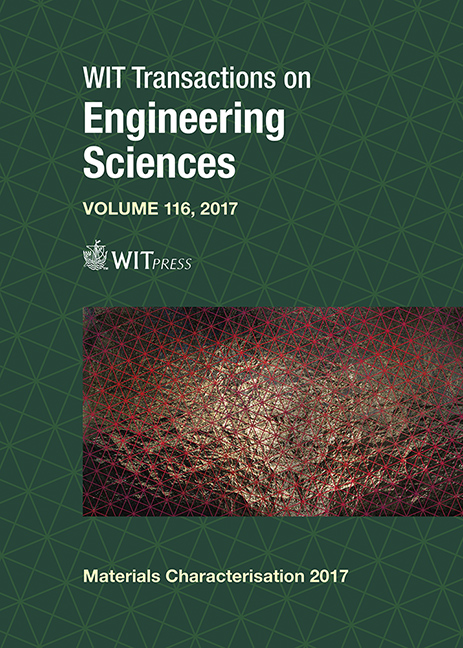MÖSSBAUER STUDIES OF IRON-BASED SUPERCONDUCTORS
Price
Free (open access)
Transaction
Volume
116
Pages
10
Page Range
151 - 160
Published
2017
Size
396 kb
Paper DOI
10.2495/MC170151
Copyright
WIT Press
Author(s)
ARTUR BŁACHOWSKI, ALEKSANDRA K. JASEK, KAMILA KOMĘDERA, ANGELIKA PIERZGA, KRZYSZTOF RUEBENBAUER, JAN ŻUKROWSKI
Abstract
This contribution is a review concerned with the microscopic characterization of complex materials by using transmission Mössbauer spectroscopy – mainly 14.4-keV resonant transition in 57Fe. Attention is focused on the novel superconductors, i.e. iron-based superconductors, which are extensively investigated in our Mössbauer laboratory, primarily versus sample temperature. Iron-based superconductors make four major families based on the corrugated nearly-two-dimensional sheets of either strongly bound iron-pnictogen or iron-chalcogen atoms. Usually, superconductivity is induced by doping or applying pressure to the parent compound, except the simplest compounds of the ‘11’ family. One can dope any kind of atom within the compound in isovalent, hole-doping or electron-doping fashion. Parent compounds exhibit itinerant magnetic order of the 3d (iron) character. It appears as spin density wave (SDW) of the antiferromagnetic type incommensurates with the respective lattice period and of the complex shape. For a majority of cases, it is a longitudinal SDW propagating along the a-axis of the orthorhombic unit cell being created at the magnetic order from the tetragonal cell – due to the magneto-elastic forces. On the other hand, the 3d magnetism and orthorhombic distortion are gone for superconductors as shown by the Mössbauer spectra obtained versus temperature, and by spectra obtained in the strong external magnetic field at low temperatures – stronger than the first critical field for these second kind superconductors. However, superconductivity is intimately related to these layered structures with the electronic charge modulation, leading to the charge density wave (CDW) on iron nuclei – observed as variation of the isomer shift. What is more, one observes closely related modulation of the electric field gradient on iron nuclei called electric field gradient wave (EFGW). The shape of these modulations changes rapidly at the superconducting gap: opening and relaxing back once the bosonic system of Cooper pairs is well separated from the rest of the electronic system. It was found that localized 4f magnetic moments order within the superconducting phase in a similar fashion as in the normal phase.
Keywords
iron-based superconductors, Mössbauer spectroscopy, charge density wave, electric field gradient wave





